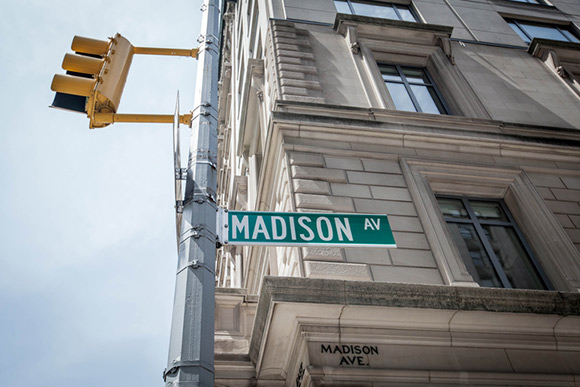Barneys New York, founded nearly a century ago, is fighting to keep open its 10-story flagship Madison Avenue store, after securing $75 million in financing to pay employees and vendors, all the while seeking a buyer. Their filing for Chapter 11 bankruptcy was shocking, but not unexpected given the current retail climate.
Sister stores in Seattle, Chicago, and our very own Las Vegas (in the Grand Canal Shoppes) will be closed, however, along with boutique concept stores and various warehouses. Barneys is also fighting to keep stores open in California and Boston, although current store leases are being reviewed first.
The hedge fund Perry Capital controls Barneys, which is currently listed as more than $100 million in debt.

Another in a Long Line of Retail Bankruptcies
This situation is in no way unique. Another iconic fashion store, Lord & Taylor, closed its Fifth Avenue doors last January after the struggling company was sold to WeWork. Indeed, retailers across the nation — both high and low end — have faced dire struggles in recent years as big box stores take over, as well as customers moving from brick-and-mortar stores to internet shopping.
2019 Retail Bankruptcies Outpace 2018
The number of retail stores in the U.S. that have closed this year has already rocketed past last year’s numbers, as reported by Coresight Research; it is estimated that 12,000 retail stores will be closed by the end of 2019. So far, nearly 8,000 have closed this year. In 2018, a total of 5,864 retail stores closed in the U.S. alone.
Another reason for the rapid deterioration of U.S. retail businesses is the escalating trade war between the U.S. and China. This “war” has left clothing companies scrambling to find new suppliers and trade routes. In the meantime, the retail sector is leaking jobs, even though the economy is doing well (which, traditionally, boosts retail sales, including in luxury goods.)
It’s hard for brick-and-mortar retailers to compete with millennial-targeting websites like Net-a-Porter, a company offering same-day delivery for luxury goods. As well, wealthy shoppers are now shopping directly from brands’ online stores. So even online giants such as Nordstrom and Neiman Marcus are reporting slowing sales, as customers go directly to brands’ websites instead.
Rising Rent Costs
Another problem that Barneys Manhattan faced was the fact that its landlord doubled the rent on its Madison Avenue store. The rent was up to about $30 million for the year. Yikes.
CEO Daniella Vitale shared, “Like many in our industry, Barneys New York’s financial position has been dramatically impacted by the challenging retail environment and rent structures that are excessively high relative to market demand.”
An Iconic Brand Crumbles Amid Changing Landscape
Back in 1923, after Barney Pressman pawned his wife’s engagement ring to use the cash to open up a 500-square-foot men’s discount clothing store, Barneys’ legacy officially began. Mr. Pressman’s son took over and shifted the brand to a luxury clothing brand in the 1960s, and the store expanded across the nation by the 1990s.
Seasoned New York fashionistas and cultural critics alike note that the “shop until you drop” mindset is a thing of the past on Madison Avenue, perhaps dying with the ‘Sex and the City’ trend. As a younger generation of shoppers takes over the market, retailers are finding that the new generation is NOT as interested in luxury brands as previous shoppers. They are more attached to their computers, phones, and other mobile devices; and they buy online when they spot a good deal.
So continues the inevitable integration of new technologies in Americana.





